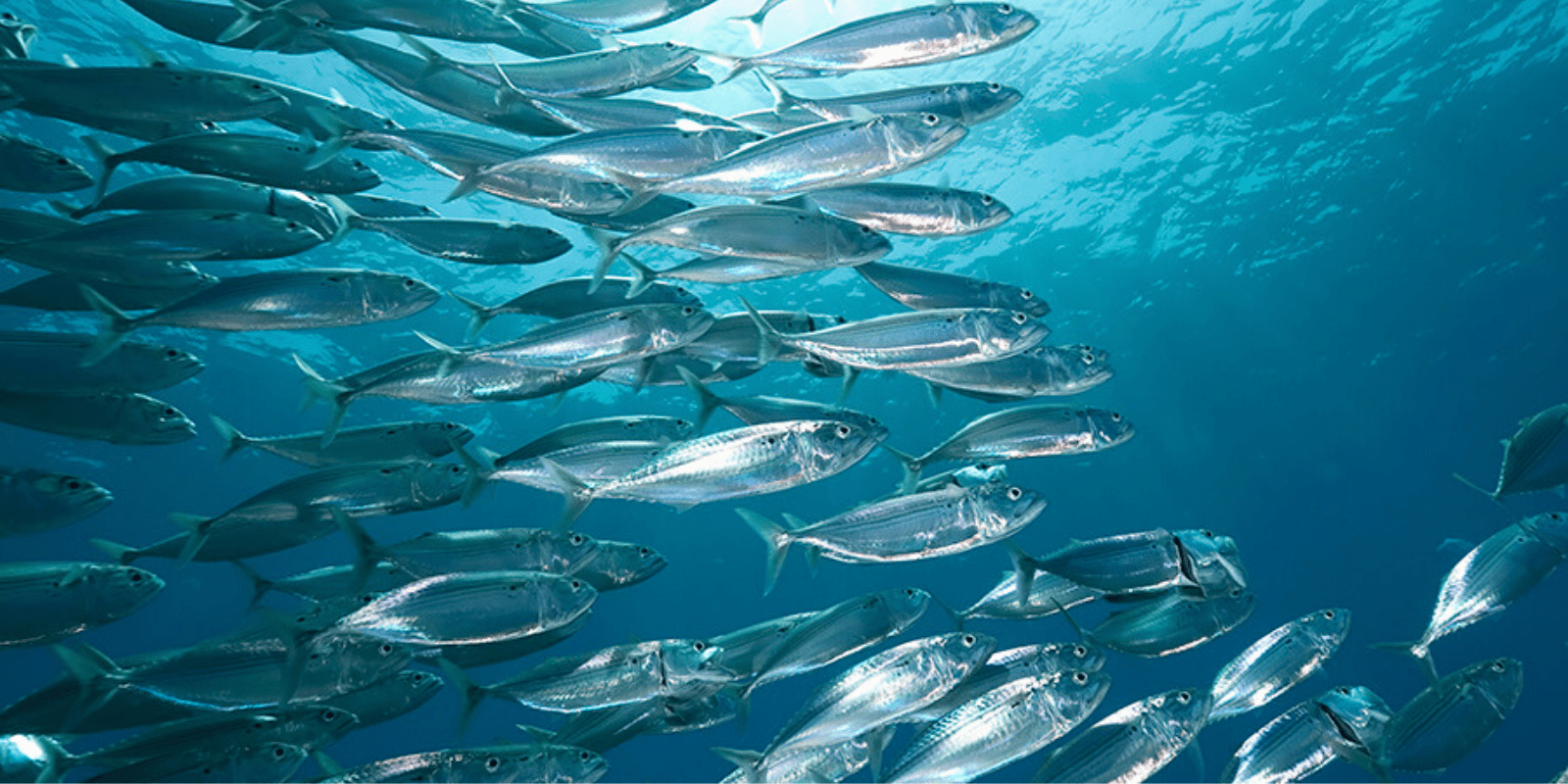We have much more to do and your continued support is needed now more than ever.
No Bait, No Fish: A Gulf Perspective on Forage Fish Conservation

No matter the species an angler pursues, the basic building blocks for success are the same; you must figure out where they are and what they are eating. From white trout on Pensacola beaches to Tarpon in Florida Bay to tuna off the Louisiana Coast, finding the fish is the first step. Sit in a roomful of fishermen, and you’ll hear talk about grass, cover, structure, depth and current because those are often the keys to finding fish.
The next key to catching fish is also the backbone of the $48 billion recreational fishing industry…bait, and most often in the Gulf of Mexico that bait is one of myriad species of forage fish. Find the fish, identify the bait, tie on a lure or thread a hook through a live baitfish, and the battle is all but won. Sadly however, many species of baitfish are becoming more difficult for anglers and gamefish to find due to commercial catch limits which fail to account for the needs of the rest of the marine food web.
We recreational fishermen view baitfish as a key to enjoying success in our sport and in supporting sustainable gamefish populations. The commercial fishing industry sees them as fish oil, fertilizer, aquaculture and livestock feed, cosmetics, pet food, and other consumer products. They are being harvested at unprecedented rates, and stocks are at historical lows due to a lack of regulation and oversight.
Sportsmen have long understood the need for harvest limits in maintaining healthy fish and game populations, and we understand the forage fish upon which gamefish depend require additional protection that looks beyond single species management to also account for the needs of predator fish and other wildlife that depend on them..
The Forage Fish Conservation Act (H.R. 2236) would make a number of changes to how forage fish are managed, including:
- Providing a national, science-based definition for forage fish in federal waters;
- Assessing the impact a new commercial forage fish fishery could have on existing fisheries, fishing communities, and the marine ecosystem prior to the fishery being authorized;
- Accounting for predator needs in existing management plans for forage fish;
- Specifying that managers consider forage fish when establishing research priorities;
- Ensuring scientific advice sought by fishery managers includes recommendations for forage fish;
- Conserving and managing river herring and shad in the ocean; and
- Preserving state management of forage fish fisheries that occur within their jurisdiction.
The Forage Fish Conservation Act (H.R. 2236) will go a long way to ensuring healthy baitfish populations and the future of our sport and the jobs and revenue it supports.





















